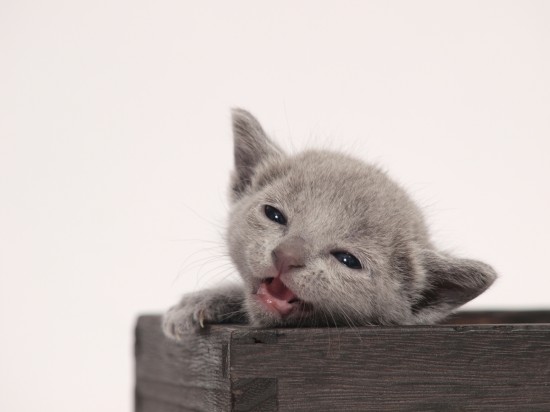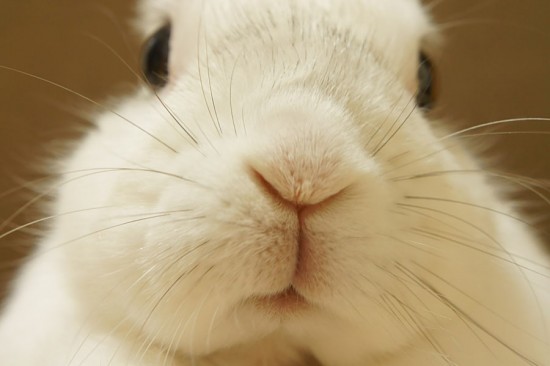
Some lizards when confronted with a predator will voluntarily shed their tail. This process is called tail autotomy (self-cut). After the tail is detached from the body it will wiggle around on the ground for a few minutes. This provides a visual distraction and draws attention away from the vulnerable head and abdomen of the lizard. Usually this allows the lizard enough time to make an escape.
Not all lizard species are capable of doing this, the ones that can have fracture points in their vertebrae. The lizard抯 blood vessels in the tail area rapidly constrict after autotomy to ensure minimal blood loss. The muscles in this area are also adapted to provide easy shedding of the tail.
After a lizard drops its tail it will start to grow back a new one, however the new one will not look the same as the original. It may have different colors, shape and size. Sometimes multiple tails will grow in the place of the one that was dropped. The new tail is able to perform all the functions of the original with the exception of autotomy. That抯 because the new tail does not have any fracture points in the vertebrae. For some legless lizards their tail can make up almost 2/3 of their body length, so loosing it can be a stressful ordeal.
The whole process of shedding its tail can be very stressful to the lizard. If this happens while in captivity it is generally a result of stress and careful evaluation of the situation is required to ensure that it does not happen again. A lizard that has recently shed its tail should be kept in its own enclosure while it re-grows the tail. Ensure that this enclosure is kept clean to minimize the chance of infection. Growing a new tail requires the expenditure of a great deal of protein (energy) and fat. This is compounded by the fact that the tail stores a lot fat which is no longer with the lizard. It is widely believed that the energy required to re-grow a tail can negatively effect the reproductive cycle. This happens because the lizard is unable to put enough energy into producing the eggs. In some cases it may take the lizard up to 2 years to completely re-grow the tail.
 Consider the Old English Sheepdog for the Family
Consider the Old English Sheepdog for the Family
Consider the Old English Sheepdog for the Family
Consider the Old English Sheepdog for the Family
 Giving Your Kitten A Health Check At Home
Giving Your Kitte
Giving Your Kitten A Health Check At Home
Giving Your Kitte
 13 Essential Rabbit Facts
13 Essential Rabb
13 Essential Rabbit Facts
13 Essential Rabb
 Chicken Coop Known To Be the Luxury Home for a Chicken
Chicken Coop Known To Be the Luxury Home for a Chicken
Chicken Coop Known To Be the Luxury Home for a Chicken
Chicken Coop Known To Be the Luxury Home for a Chicken
 How Dog Ownership Can Change Your Human Friendships
How Dog Ownership
How Dog Ownership Can Change Your Human Friendships
How Dog Ownership
Copyright © 2005-2016 Pet Information All Rights Reserved
Contact us: www162date@outlook.com